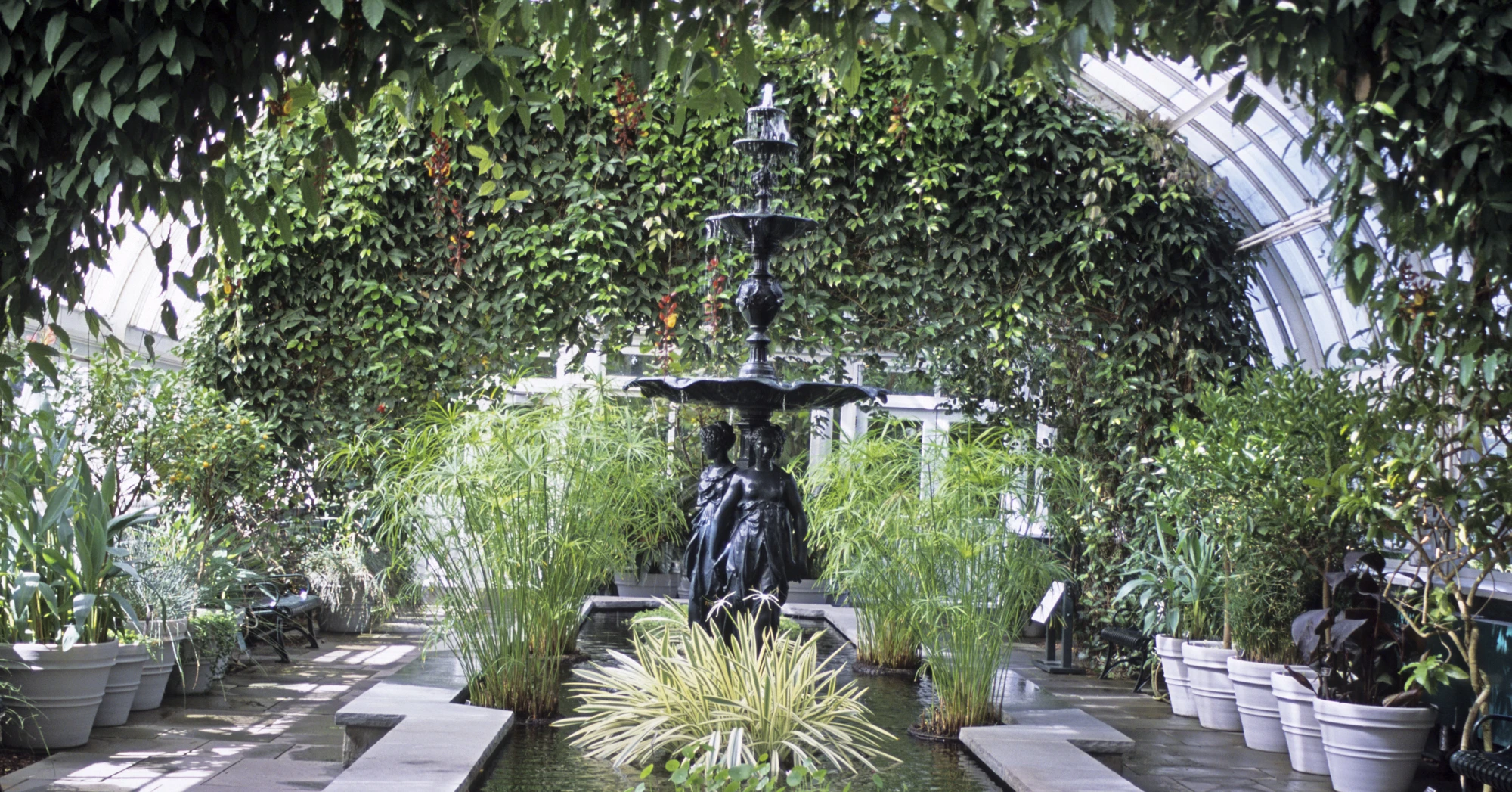

Articles
How To Make An Indoor Garden
Modified: January 6, 2024
Learn how to create your own indoor garden with our comprehensive gardening guide. Discover tips, techniques, and tricks to nurture your green thumb and bring nature indoors.
(Many of the links in this article redirect to a specific reviewed product. Your purchase of these products through affiliate links helps to generate commission for Storables.com, at no extra cost. Learn more)
Introduction
Welcome to the world of indoor gardening! In recent years, the popularity of indoor gardening has skyrocketed as more and more people are discovering the joy and benefits of bringing nature indoors. Whether you have limited outdoor space, live in a climate with harsh winters, or simply want to add some greenery to your home or office, indoor gardening is a fantastic option.
Indoor gardening allows you to create your own personal oasis, where you can escape the hustle and bustle of everyday life and connect with nature. Not only does it add beauty and vibrancy to your living space, but it also offers a range of health and wellness benefits.
By cultivating an indoor garden, you have the opportunity to grow a variety of plants, from luscious green foliage to colorful blooms. Not only does this enhance the aesthetic appeal of your space, but it also contributes to cleaner indoor air. Plants help to purify the air by removing toxins and releasing oxygen, creating a healthier and more refreshing environment.
In addition to the positive impact on air quality, indoor gardening can also have a beneficial effect on your mental and emotional well-being. Taking care of plants and watching them thrive can be a deeply fulfilling and rewarding experience. It can reduce stress, boost mood, and promote a sense of calm and tranquility.
Another advantage of indoor gardening is the ability to grow your own fresh herbs, fruits, and vegetables. Having a small herb garden on your kitchen windowsill means you can add a dash of freshness and flavor to your home-cooked meals. Imagine plucking fresh basil leaves for your pasta sauce or garnishing dishes with homegrown microgreens – it’s a culinary delight!
Whether you’re a gardening enthusiast or a beginner with a green thumb, indoor gardening caters to all skill levels. With a little bit of knowledge and the right tools, anyone can create a thriving indoor garden.
In this comprehensive guide, we will walk you through the essential aspects of indoor gardening, including choosing the right plants, selecting the ideal location, providing adequate light, watering techniques, maintaining humidity and temperature, soil and fertilization, pest control, and creative design ideas for your indoor garden.
So, get ready to embark on a green journey and discover the wonders of indoor gardening. Let’s transform your living space into a vibrant oasis filled with lush foliage and blooming beauty!
Key Takeaways:
- Transform your indoor space into a vibrant oasis with lush foliage and captivating greenery. Embrace creativity and unique design ideas to create a visually stunning and captivating indoor garden.
- Enjoy the multitude of benefits of indoor gardening, from improving air quality to reducing stress and boosting productivity. Embrace the journey of caring for your indoor plants and creating a harmonious sanctuary within your home.
Read more: How To Make An Indoor Garden
Benefits of Indoor Gardening
Indoor gardening offers a plethora of benefits that go beyond just beautifying your living space. Here are some of the key advantages of cultivating an indoor garden:
- Improved Air Quality: One of the most significant benefits of indoor gardening is the positive impact it has on indoor air quality. Plants act as natural air purifiers by filtering out toxins and releasing oxygen. They absorb harmful gases such as carbon dioxide and volatile organic compounds (VOCs), commonly found in household items. Having plants indoors can help reduce the risk of respiratory problems and allergies, making your living space healthier.
- Stress Relief: Spending time with nature has a calming effect on the mind. Indoor gardening provides a peaceful and relaxing environment, allowing you to escape the stresses of daily life. The act of caring for plants and watching them grow can be therapeutic, promoting mental and emotional well-being. It is a delightful way to unwind and find solace amidst the demands of modern life.
- Enhanced Productivity: Studies have shown that having indoor plants in the workspace can boost productivity and concentration. Greenery and natural elements have a positive influence on cognitive function and creativity. Whether it’s a home office or a corporate environment, incorporating indoor plants can create a more conducive atmosphere for work, resulting in increased efficiency and motivation.
- Year-Round Gardening: With indoor gardening, you can enjoy the pleasures of gardening all year round, regardless of the season or climate. This is especially beneficial for those living in regions with extreme weather conditions. Indoor gardens allow you to grow and nurture plants, regardless of the outside temperature or weather patterns. It provides a continuous gardening experience without limitations.
- Accessibility to Fresh Herbs and Produce: Growing your own herbs, fruits, and vegetables indoors provides you with a readily available supply of fresh and organic produce. You can enjoy the convenience of picking herbs and vegetables straight from your indoor garden to use in your cooking. Not only does this ensure the quality and freshness of the ingredients, but it also saves you money in the long run.
- Design and Aesthetic Appeal: Indoor gardens add a touch of natural beauty and charm to any living space. They serve as attractive focal points and create a soothing ambiance. You can choose from a wide variety of plants with various textures, colors, and shapes to suit your personal style and home decor. Indoor gardens can be customized to reflect your unique taste and become a captivating feature in your home.
- Education and Learning Opportunities: Indoor gardening is a wonderful way to educate yourself and your family about plant care, botany, and the natural world. It offers an opportunity to teach children about the importance of environmental conservation and sustainability. Engaging in indoor gardening as a family can strengthen bonds, create lasting memories, and impart valuable life skills.
These are just a few of the many benefits that indoor gardening has to offer. Whether you’re looking to improve indoor air quality, reduce stress, enhance productivity, or simply enjoy the beauty of nature all year round, indoor gardening is a fulfilling and rewarding endeavor. So, roll up your sleeves, grab your gardening tools, and let’s delve into the world of indoor gardening!
Choosing the Right Plants for an Indoor Garden
When it comes to indoor gardening, selecting the right plants is crucial for the success and enjoyment of your indoor garden. Not all plants thrive indoors due to variations in light, temperature, and humidity compared to the outdoor environment. Here are some factors to consider when choosing plants for your indoor garden:
- Light Requirements: Different plants have varying light requirements. Some plants thrive in bright, direct sunlight, while others prefer lower light conditions. Assess the available natural light in your space to determine which plants will thrive. North-facing windows generally receive less sunlight, while south-facing windows receive more intense light. East and west-facing windows offer moderate amounts of light. Consider plants like succulents, snake plants, and pothos for lower light conditions, whereas sun-loving plants like herbs and flowering plants can be placed in sunnier spots.
- Space Availability: Assess the space you have available for your indoor garden. If you have limited space, consider plants that are compact and don’t require much vertical or horizontal growth. Hanging plants and trailing varieties can be a great option for small spaces, as they can be suspended from hooks or shelves, utilizing vertical space effectively.
- Care and Maintenance: Consider your level of gardening experience and the amount of time you can dedicate to plant care. Some plants require more attention and care than others. If you’re a beginner or have a busy schedule, opt for plants that are easy to care for and require minimal maintenance, such as pothos, spider plants, or ZZ plants. These plants are known for their resilience and ability to thrive in a variety of conditions.
- Indoor Conditions: Assess the specific indoor conditions in your home, such as humidity and temperature. Different plants have different requirements when it comes to these factors. Some plants, like tropical plants, thrive in higher humidity levels, while others prefer drier conditions. Also, consider the average temperature in your home and whether it fluctuates significantly. Choose plants that can adapt well to the specific indoor conditions in your space.
- Purpose and Preference: Consider your purpose and personal preferences when choosing plants for your indoor garden. If you’re looking to create a calming and soothing atmosphere, opt for plants with larger leaves and variegated patterns, such as peace lilies or Calathea. If you’re interested in growing your own herbs or vegetables, select suitable culinary plants like basil, parsley, or cherry tomatoes. Choosing plants that align with your interests and preferences will make your indoor garden more enjoyable and fulfilling.
It’s important to remember that trial and error is a part of the indoor gardening process. Some plants may thrive in your indoor environment while others may struggle. Don’t be discouraged if a specific plant doesn’t work out – simply replace it with a more suitable option. Over time, you’ll gain a better understanding of what plants thrive in your specific indoor conditions and can continue to expand and diversify your indoor garden.
By considering factors such as light requirements, space availability, care and maintenance, indoor conditions, and personal preferences, you can choose the right plants for your indoor garden. This will ensure that your plants not only survive but thrive in their indoor environment, bringing beauty, nature, and a breath of fresh air into your home!
Selecting the Ideal Location for Your Indoor Garden
Choosing the right location for your indoor garden is essential for the health and vitality of your plants. The ideal location will provide adequate light, proper temperature and humidity levels, and sufficient space for your plants to grow. Here are some factors to consider when selecting the location for your indoor garden:
- Natural Light: Most plants require a good amount of natural light to thrive. Assess the natural light levels in different areas of your home. South-facing windows typically receive the most intense sunlight throughout the day, while north-facing windows receive the least. East and west-facing windows provide moderate levels of light. Select a location that receives the appropriate amount of light for the plants you wish to grow. If your space lacks natural light, you can supplement it with artificial grow lights specifically designed for plants.
- Avoid Drafts and Temperature Extremes: Avoid placing your indoor garden in areas where the temperature fluctuates significantly or is subject to drafts. Extreme hot or cold temperatures can stress or damage plants. Keep your plants away from drafts caused by open doors, windows, or heating/cooling vents. Choose a location with relatively stable temperature levels, preferably between 65-75°F (18-24°C).
- Adequate Space: Ensure that your chosen location has enough space to accommodate your plants and their growth. Consider the height and width of your indoor plants to prevent overcrowding. Different plants have different growth habits, so allow for ample space for their leaves and branches to extend without being obstructed. This will prevent overcrowding and ensure proper airflow around the plants, reducing the risk of pests and diseases.
- Accessibility: Choose a location that is easily accessible for plant care and maintenance. This includes watering, pruning, fertilizing, and inspecting the plants regularly for any signs of pests or diseases. If your indoor garden is in a hard-to-reach area, it may become challenging to provide the necessary care and attention your plants require.
- Consider Humidity Levels: Some plants, such as tropical varieties, thrive in higher humidity levels. If you’re planning to grow humidity-loving plants, consider placing your indoor garden in a bathroom, kitchen, or near a humidifier. These areas tend to have naturally higher humidity levels. Alternatively, you can use a room humidifier or place trays of water near the plants to increase humidity levels.
- Aesthetics and Design: Take into account the aesthetics of the location and how it will complement your home décor. Your indoor garden can be a focal point or blend seamlessly with the overall design of the room. Choose a location that enhances the visual appeal and brings a sense of tranquility and beauty to your space. You can incorporate plants on shelves, countertops, hanging baskets, or create a dedicated plant corner or wall.
By considering factors such as natural light, temperature stability, space availability, accessibility, humidity levels, and aesthetics, you can select the perfect location for your indoor garden. Remember, different plants have different needs, so observe how they respond to their chosen location and make adjustments as needed. With the right location, your indoor garden will flourish and become a delightful sanctuary within your home.
Providing Adequate Light for Your Indoor Garden
Light is one of the most critical factors for the success of your indoor garden. Plants require light for photosynthesis, which is essential for their growth and development. Adequate light ensures that plants can produce energy, synthesize nutrients, and maintain their health. Here are some tips for providing adequate light for your indoor garden:
- Natural Light: Take advantage of natural light as much as possible. Place your indoor garden near windows that receive bright, indirect sunlight. South-facing windows typically offer the most intense light, while north-facing windows receive the least. East and west-facing windows provide moderate levels of light. Observe how the sunlight changes throughout the day and adjust the position of your plants if needed to ensure they receive optimal light exposure.
- Supplemental Grow Lights: If your indoor space lacks sufficient natural light or if you want to grow plants that require more intense light, consider using supplemental grow lights. LED grow lights are a popular choice as they are energy-efficient, produce little heat, and can be tailored to provide the specific light spectrum plants need for optimal growth. Position the lights above your plants and adjust the height as they grow to maintain the recommended distance between the light source and the plants.
- Duration of Light Exposure: Most plants require at least 8-12 hours of light exposure per day. Ensure that your plants receive adequate light by adjusting the duration of light exposure accordingly. You can use timers to automate the lighting schedule and ensure consistency. Keep in mind that some plants, like succulents or cacti, may benefit from a period of darkness, so check the specific light requirements for each plant.
- Rotate Plants: In areas with uneven light distribution, such as near windows, rotate your plants regularly. This will ensure all sides of the plant receive equal exposure to light. Rotating plants prevents them from leaning or growing unevenly towards the light source, promoting symmetrical growth and preventing potential damage from excessive light on one side.
- Monitor Light Intensity: Different plants have varying light requirements. While some thrive in bright, direct sunlight, others prefer lower light conditions. Monitor your plants closely to ensure they are receiving the right amount of light. Signs of insufficient light exposure include pale colored leaves, elongated stems, and lack of flowering or fruiting. On the other hand, if the leaves appear scorched, yellowed, or browned, it may be an indication of excessive light exposure.
- Adjust Lighting for Seasons: As the seasons change, the intensity and duration of natural light also vary. Observe how sunlight patterns change throughout the year and adjust your indoor lighting accordingly. In winter months when daylight is shorter, you may need to increase the duration of artificial lighting. In contrast, during summer months when the sunlight is intense, you may need to provide shade or adjust the distance between the plants and grow lights to prevent overheating or sunburn.
By providing your indoor garden with adequate light, whether through natural light or supplemental grow lights, you can ensure the healthy growth and development of your plants. Paying attention to the specific light requirements of each plant and monitoring their response will help you create an optimal lighting environment for your indoor garden to thrive.
Proper Watering Techniques for Indoor Plants
Watering is a crucial aspect of caring for indoor plants. Providing the right amount of water is essential for their growth and overall health. However, improper watering can lead to root rot, wilting, or even the death of your beloved plants. Here are some proper watering techniques to ensure the well-being of your indoor plants:
- Consistency: Consistency is key when it comes to watering indoor plants. Develop a regular watering schedule to provide plants with a consistent moisture level. The frequency of watering depends on factors such as the type of plant, potting soil, and environmental conditions. Check the specific watering needs of each plant and adjust your watering frequency accordingly. Be mindful of seasonal changes, as plants may require less water during the dormant or cooler months.
- Water Quantity: The amount of water you give to your plants will depend on their size, age, and specific needs. As a general rule, water until it begins to drain out of the bottom of the pot. This ensures that the entire root system is adequately hydrated. Avoid letting your plants sit in standing water, as it can lead to root rot. If excess water collects in the saucer, empty it after watering.
- Watering Technique: Rather than splashing water randomly on the foliage, focus on watering the soil directly. This prevents moisture from sitting on the leaves, which can promote the growth of fungal diseases. Use a watering can with a long, narrow spout or a watering wand to target the soil at the base of the plant. Pour slowly and evenly around the root zone, allowing the water to penetrate the soil fully.
- Avoid Overwatering: Overwatering is one of the most common mistakes made in indoor gardening. It can lead to root rot and damage the plant’s ability to absorb nutrients. Before watering, check the moisture level of the soil by inserting your finger about an inch deep. If the soil feels moist, wait until it dries out slightly before watering again. Different plants have different moisture requirements, so understanding the specific needs of your plants is crucial.
- Humidity Considerations: Some indoor plants, especially those from tropical regions, thrive in high humidity. To increase humidity levels around your plants, you can use techniques such as misting them with water or placing a tray of water near the plants. Avoid misting plants with fuzzy leaves or those susceptible to fungal diseases, as excessive moisture can lead to issues. Monitor the humidity levels and adjust watering practices accordingly.
- Water Quality: The quality of water you use is also important for your indoor plants. Most tap water is suitable for most houseplants, but if your water is heavily chlorinated or has a high mineral content, it may be beneficial to use filtered or distilled water. This can help prevent the buildup of mineral deposits on the soil or the leaves of your plants.
- Check for Signs of Underwatering or Overwatering: Regularly check your plants for signs of underwatering or overwatering. Underwatered plants may have drooping leaves, dry and crispy edges, or a generally wilted appearance. Overwatered plants may have yellowing leaves, soft or mushy roots, or a foul odor. Adjust your watering routine accordingly to address any issues promptly.
Providing proper watering techniques is vital for the health and vitality of your indoor plants. By ensuring consistency, watering at the root zone, avoiding overwatering, considering humidity levels, using quality water, and monitoring for signs of underwatering or overwatering, you can keep your indoor garden thriving and lush. Remember, each plant is unique, so understanding the specific watering needs of your plants is essential for their overall well-being.
When making an indoor garden, be sure to choose plants that are well-suited for indoor conditions, such as low light and consistent temperatures. Research the specific needs of each plant to ensure they thrive in your indoor environment.
Maintaining Humidity and Temperature in an Indoor Garden
Maintaining the ideal humidity and temperature levels in your indoor garden is essential for the health and growth of your plants. Different plants thrive in different environmental conditions, so it’s important to create the optimal balance of humidity and temperature. Here are some tips for maintaining humidity and temperature in your indoor garden:
- Understanding Optimal Levels: It’s important to understand the optimal levels of humidity and temperature for the specific plants in your indoor garden. Some plants, such as tropical varieties, thrive in higher humidity levels, while others prefer drier conditions. Research the ideal ranges for humidity and temperature for your plants and try to replicate those conditions in your indoor garden.
- Increasing Humidity: To increase humidity levels in your indoor garden, you can employ several techniques. One effective method is to group plants together. As plants transpire, they release moisture into the air, creating a microclimate of higher humidity. You can also place a tray filled with water near your plants or use a room humidifier to increase moisture levels. Misting your plants with water can provide a temporary boost in humidity, but be cautious not to overdo it, as excessive moisture can lead to fungal growth.
- Controlling Temperature: Maintaining the appropriate temperature for your indoor garden is crucial. Most indoor plants thrive in temperatures between 65-75°F (18-24°C). However, some plants may require slightly cooler or warmer conditions, so research the specific temperature preferences of your plants. Keep your plants away from drafts caused by open doors, windows, or heating/cooling vents, as rapid temperature fluctuations can stress or damage plants.
- Air Circulation: Good air circulation is important for maintaining humidity and temperature levels in your indoor garden. Stagnant air can lead to mold growth and uneven distribution of heat and moisture. Use fans to promote air movement in the room, ensuring that there is proper ventilation around the plants. Avoid placing plants too close together, as this can inhibit air circulation and increase the risk of pests and diseases.
- Monitoring Tools: Use tools to monitor and maintain humidity and temperature levels. A hygrometer can measure the humidity in the room, helping you adjust as needed. Similarly, a thermometer can provide accurate readings of the temperature. This allows you to make informed adjustments and ensure that your indoor garden remains within the optimal range for your plants.
- Seasonal Adjustments: Keep in mind that humidity and temperature requirements may vary with the seasons. During winter months, indoor heating systems can cause the air to become dry, often leading to lower humidity levels. You may need to increase humidity by using humidifiers or pebble trays with water. In the summer, ventilation and shading may be necessary to prevent overheating of plants due to increased sunlight and higher temperatures.
- Plant Placement: Consider the placement of your plants within your indoor garden to optimize humidity and temperature. For example, if you have plants that prefer higher humidity, you can group them together in areas with higher moisture levels, such as the bathroom or kitchen. Conversely, if you have plants that prefer drier conditions, place them in areas with lower humidity, away from sources of moisture.
Maintaining proper humidity and temperature levels in your indoor garden is essential for the health and well-being of your plants. By understanding the specific requirements of your plants, employing techniques to increase humidity, controlling temperature, promoting air circulation, monitoring levels with appropriate tools, making seasonal adjustments, and strategically placing plants, you can create a favorable environment that promotes lush growth and thriving indoor plants.
Soil and Fertilizer Requirements for Indoor Plants
The right soil and proper fertilization are key factors in ensuring the health and vitality of your indoor plants. Choosing the correct type of soil and providing appropriate nutrients through fertilization will support robust growth and vibrant foliage. Here are some guidelines for soil and fertilizer requirements for indoor plants:
- Choosing the Right Soil: Well-draining soil is essential for indoor plants as it prevents waterlogged roots and promotes healthy root development. Opt for a high-quality potting mix specifically formulated for indoor plants. These mixes typically consist of a blend of organic matter, such as peat moss or compost, and perlite or vermiculite for improved drainage.
- Avoid Garden Soil: It’s important to avoid using garden soil for indoor plants. Garden soil is often too heavy and compact, leading to poor drainage and aeration. It may also contain pests, weed seeds, or diseases that can harm your indoor plants. Stick to using a specialized potting mix to provide the ideal growing medium for your plants.
- Nutrient Enrichment: Over time, the nutrients in potting soil may become depleted, requiring the addition of fertilizers. Indoor plants require essential nutrients, including nitrogen, phosphorus, and potassium, as well as trace elements such as iron, magnesium, and calcium. Choose a balanced, water-soluble fertilizer specifically formulated for indoor plants. Look for a fertilizer with an NPK ratio (nitrogen, phosphorus, and potassium) suitable for the type of plants you are growing.
- Follow Application Instructions: Always follow the instructions on the fertilizer packaging for proper application. The frequency and dosage of fertilization depend on factors such as the growth stage of the plant, the type of fertilizer, and the specific requirements of the plant. Avoid overfertilizing, as this can lead to nutrient burn and damage the roots of your plants. Regularly monitor your plants for signs of nutrient deficiencies or excesses and adjust your fertilization schedule accordingly.
- Consider Slow-Release Fertilizers: Slow-release fertilizers can be a convenient option for indoor plants. These fertilizers release nutrients gradually over time, reducing the risk of overfertilization and ensuring a steady supply of nutrients for your plants. Follow the instructions provided by the manufacturer for application and reapplication intervals.
- Fertilize During the Growing Season: Most indoor plants have a period of active growth, usually in the spring and summer months. This is the ideal time to provide regular fertilization to support the increased nutrient demands of your plants. During the dormant or winter months, reduce or suspend fertilization as plants require less nutrients during this period.
- Monitor Plant Responses: Regularly monitor your plants for signs of nutrient deficiencies or toxicities. Symptoms of nutrient deficiencies can include yellowing leaves, stunted growth, or poor flowering. If you notice any signs of nutrient deficiency, adjust your fertilization regime accordingly. Be cautious not to apply too much fertilizer, as this can cause fertilizer burn, characterized by browned or withered foliage.
- Organic Fertilizers: If you prefer an organic approach, there are organic fertilizers available that utilize natural substances such as compost, seaweed, or bone meal. Organic fertilizers provide a slow release of nutrients and help improve soil structure and fertility. Follow the instructions provided by the manufacturer for proper usage and application.
By using the right soil and providing appropriate fertilization, you can ensure the optimal growth and health of your indoor plants. Choose a well-draining potting mix, avoid garden soil, and provide the necessary nutrients through fertilizers. Regularly monitor your plants, adjust fertilization as needed, and be mindful of the specific requirements of each plant. With proper soil and fertilization, your indoor plants will thrive, showcasing lush foliage and vibrant blooms in your indoor garden.
Controlling Pests and Diseases in an Indoor Garden
Even though your indoor garden may seem protected from pests and diseases, it’s important to remain vigilant and proactive in preventing and controlling these issues. Indoor plants can still be vulnerable to pests like aphids, mealybugs, and spider mites, as well as diseases such as powdery mildew and root rot. Here are some strategies for effectively controlling pests and diseases in your indoor garden:
- Monitor Your Plants: Regularly inspect your plants for any signs of pests or diseases. Look for visible pests, such as insects or webs, discolored or wilting leaves, spots, mold, or any unusual growths. Early detection allows for quicker action and prevents the problem from spreading to other plants.
- Isolate Infected Plants: If you notice any signs of pests or diseases, immediately isolate the affected plants from the rest of your indoor garden. This prevents the problem from spreading to healthy plants. Depending on the severity of the infestation or disease, you may need to treat or dispose of the affected plant.
- Natural Remedies: For minor infestations or diseases, consider using natural remedies before resorting to chemical treatments. For example, you can use a mixture of water and mild dish soap to create a spray for certain pests. Neem oil is another effective natural solution for many common indoor garden pests. Additionally, improving air circulation and reducing humidity levels can help prevent certain fungal diseases.
- Chemical Treatments: If the infestation or disease persists or becomes severe, you may need to resort to chemical treatments. Choose pesticides or fungicides specifically formulated for indoor plants, and always follow the instructions carefully. Take precautions to protect yourself and avoid exposing pets or children to harmful chemicals. Consider organic or less toxic options whenever possible.
- Integrated Pest Management (IPM): Implementing an Integrated Pest Management approach can help prevent and control pests in your indoor garden. This strategy involves a combination of methods such as regular monitoring, cultural practices (e.g., proper watering and sanitation), natural predators (e.g., ladybugs or beneficial nematodes), and targeted treatments as needed. IPM focuses on minimizing the use of chemicals while effectively managing pests.
- Good Sanitation Practices: Maintaining good sanitation habits can help prevent the spread of pests and diseases in your indoor garden. Remove fallen leaves or debris promptly, as they can harbor pests or fungal spores. Avoid overwatering or allowing excess moisture to accumulate, as this can create a favorable environment for pests and diseases to thrive. Keep your gardening tools clean and disinfected to prevent cross-contamination.
- Avoid Overcrowding: Overcrowding plants not only hampers their growth but also creates a favorable environment for pests and diseases. Ensure that your plants have enough space between them to allow for proper airflow and light penetration. This helps prevent the buildup of humidity and reduces the chances of pests and diseases spreading among plants.
- Regularly Inspect New Plants: Before introducing new plants into your indoor garden, thoroughly inspect them for any signs of pests or diseases. Quarantine new plants for a few weeks to monitor for any issues before integrating them with your existing plants. This precautionary measure can help prevent the introduction of pests or diseases to your healthy indoor garden.
Controlling pests and diseases in your indoor garden requires attentiveness and proactive measures. Through regular monitoring, appropriate treatments, natural remedies, good sanitation practices, and proper plant care, you can effectively manage and prevent the occurrence of pests and diseases in your indoor garden. Maintaining a healthy and thriving indoor garden not only brings joy and beauty but also promotes a harmonious and pest-free environment for you and your plants to enjoy.
Read more: How To Grow Indoor Garden
Creative Ideas for Indoor Garden Designs
Designing your indoor garden goes beyond just selecting the right plants and placement. With a touch of creativity, you can transform your indoor space into a stunning oasis filled with lush foliage and captivating greenery. Here are some creative ideas to inspire your indoor garden design:
- Vertical Gardens: Make use of vertical space by creating a stunning vertical garden. Install hanging planters, wall-mounted planters, or trailing plants on shelves or trellises. This not only adds visual interest but also maximizes your space, especially if you have a small footprint for your indoor garden.
- Indoor Herb Garden: Create a beautiful and functional indoor herb garden by dedicating a small area to grow your favorite herbs. Use wall-mounted herb shelves, window sill planters, or hanging baskets to display your herbs and add a delightful aroma to your indoor space. It’s a practical way to have fresh herbs readily available for cooking.
- Terrariums: Terrariums are mini gardens enclosed in glass containers, creating a unique and enchanting display. Choose a variety of plants, including mosses, succulents, or ferns, and arrange them in a glass container with layers of soil, gravel, and activated charcoal for drainage. Terrariums require minimal maintenance and can be a captivating focal point in your indoor garden.
- Fairy Gardens: Create a whimsical and magical atmosphere with a fairy garden. Set up small miniature figurines, fairy houses, and tiny accessories among your plants to create a charming scene. Use bonsai or small houseplants as the backdrop, and let your imagination run wild to create a storybook-like garden.
- Indoor Water Features: Incorporate a small water feature into your indoor garden to add tranquility and serenity. Consider a tabletop fountain, a small cascading waterfall, or a self-contained indoor pond with aquatic plants. The sound of running water creates a soothing ambiance and adds a touch of elegance to your indoor space.
- Aromatic Plants: Include fragrant plants in your indoor garden to fill your space with delightful scents. Lavender, jasmine, rosemary, and lemon balm are just a few examples of aromatic plants that can enhance the sensory experience in your indoor garden. Place them near seating areas or pathways for maximum enjoyment.
- Living Walls: Create a stunning living wall by covering an entire wall with a vertical arrangement of plants. Consider using modular planters or plant pockets attached to a grid system. This creates a striking visual display and brings a burst of green into your indoor space. Living walls can act as natural air purifiers and provide insulation.
- Terrace or Balcony Garden: If you have a terrace or balcony, transform it into a lush garden oasis. Use containers, hanging planters, and trellises to maximize the space. Choose plants that can tolerate the outdoor elements and create a seamless transition between indoor and outdoor spaces. It’s a wonderful way to enjoy the benefits of both indoor and outdoor gardening.
- Themed Gardens: Get creative with themed gardens, such as a tropical paradise, desert oasis, or Japanese Zen garden. Select plants, decorations, and accessories that align with your chosen theme. This allows you to create a unique and cohesive indoor garden that transports you to a different world.
- Suspended Gardens: Create a captivating display by suspending plants from the ceiling or overhead structures using macramé hangers, hanging baskets, or plant shelves. This design style adds an element of intrigue and drama to your indoor garden, with plants cascading down from above.
The possibilities for indoor garden designs are limitless. Whether you prefer a sleek and modern aesthetic or a charming and whimsical atmosphere, incorporating these creative ideas will elevate your indoor garden and make it a true reflection of your personal style. Let your imagination soar, and enjoy the process of creating a harmonious and captivating indoor oasis!
Conclusion
Congratulations! You’ve now gained a comprehensive understanding of indoor gardening and the various factors that contribute to its success. From selecting the right plants and providing adequate light to maintaining humidity and temperature levels, you are equipped with the knowledge and creativity to create a thriving indoor garden.
Indoor gardening offers a multitude of benefits, both aesthetic and holistic. By bringing nature indoors, you can enhance the beauty of your living space, improve indoor air quality, reduce stress, boost productivity, and even grow your own fresh herbs and produce. It’s a fulfilling and rewarding endeavor that allows you to connect with nature and create a sanctuary within the comfort of your home or office.
As you embark on your indoor gardening journey, remember to choose plants that suit your indoor conditions and personal preferences. Take the time to provide them with the right amount of light, water, humidity, and nutrients. Regularly monitor and adjust your care routine as needed. Embrace creativity and experiment with unique design ideas to make your indoor garden visually stunning and captivating.
Additionally, stay vigilant in preventing and controlling pests and diseases, as these can impact the health of your plants. Implementing proper sanitation practices, monitoring your plants, and using natural remedies or targeted treatments when necessary will help keep your indoor garden thriving and pest-free.
Remember, indoor gardening is a continual learning process. Each plant has its own requirements and may respond differently to its indoor environment. Be patient and flexible, and don’t be afraid to try new techniques or adjust your approach based on the needs of your plants.
Finally, enjoy the journey of indoor gardening. Embrace the tranquility, beauty, and joy that your indoor garden brings. Take time to relax and connect with nature as you care for your plants. Share your knowledge and passion with others, and inspire them to embark on their own indoor gardening adventures.
So, go ahead and let your green thumb flourish as you create an enchanting indoor garden that brings life, vitality, and serenity into your world. Happy gardening!
Frequently Asked Questions about How To Make An Indoor Garden
Was this page helpful?
At Storables.com, we guarantee accurate and reliable information. Our content, validated by Expert Board Contributors, is crafted following stringent Editorial Policies. We're committed to providing you with well-researched, expert-backed insights for all your informational needs.
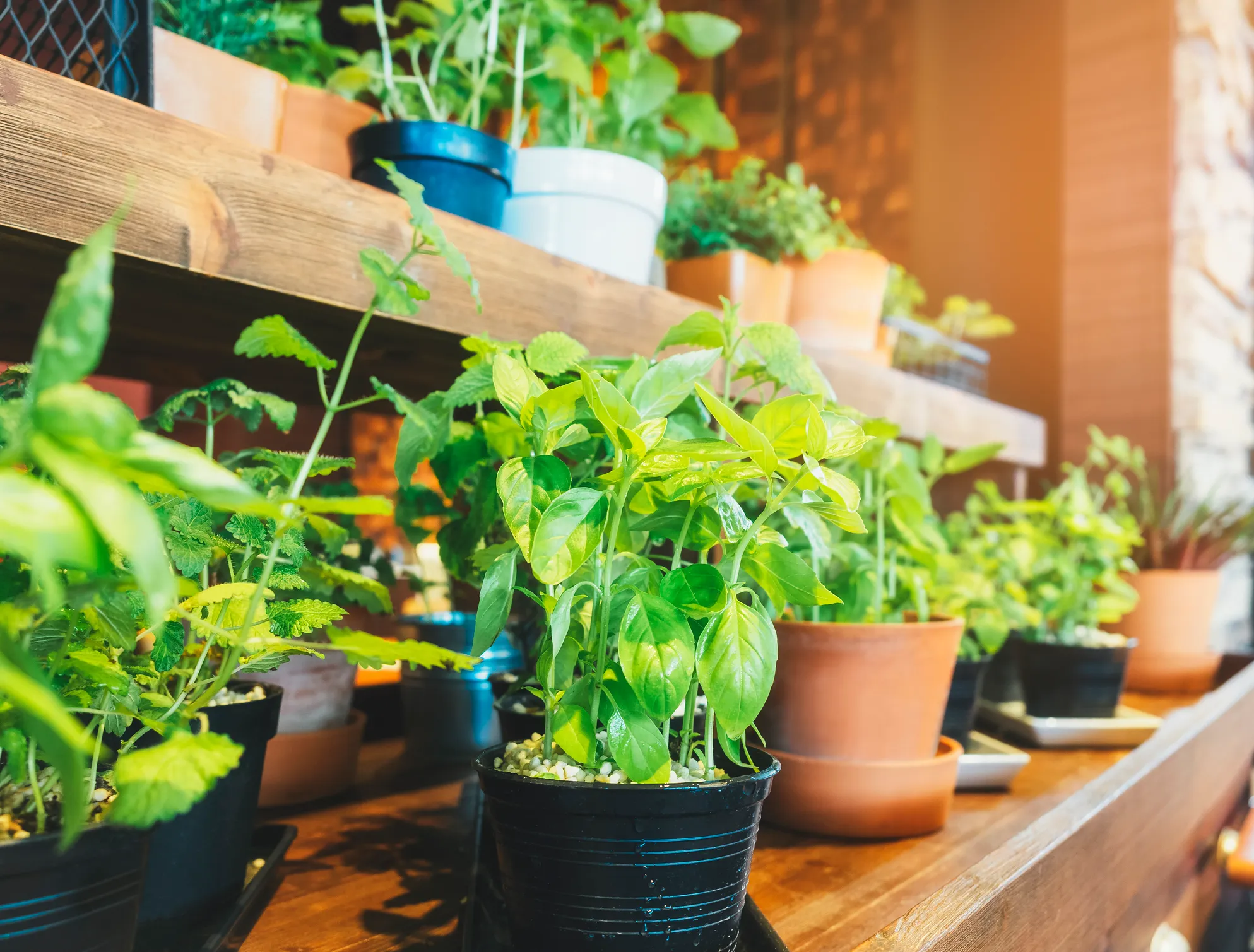
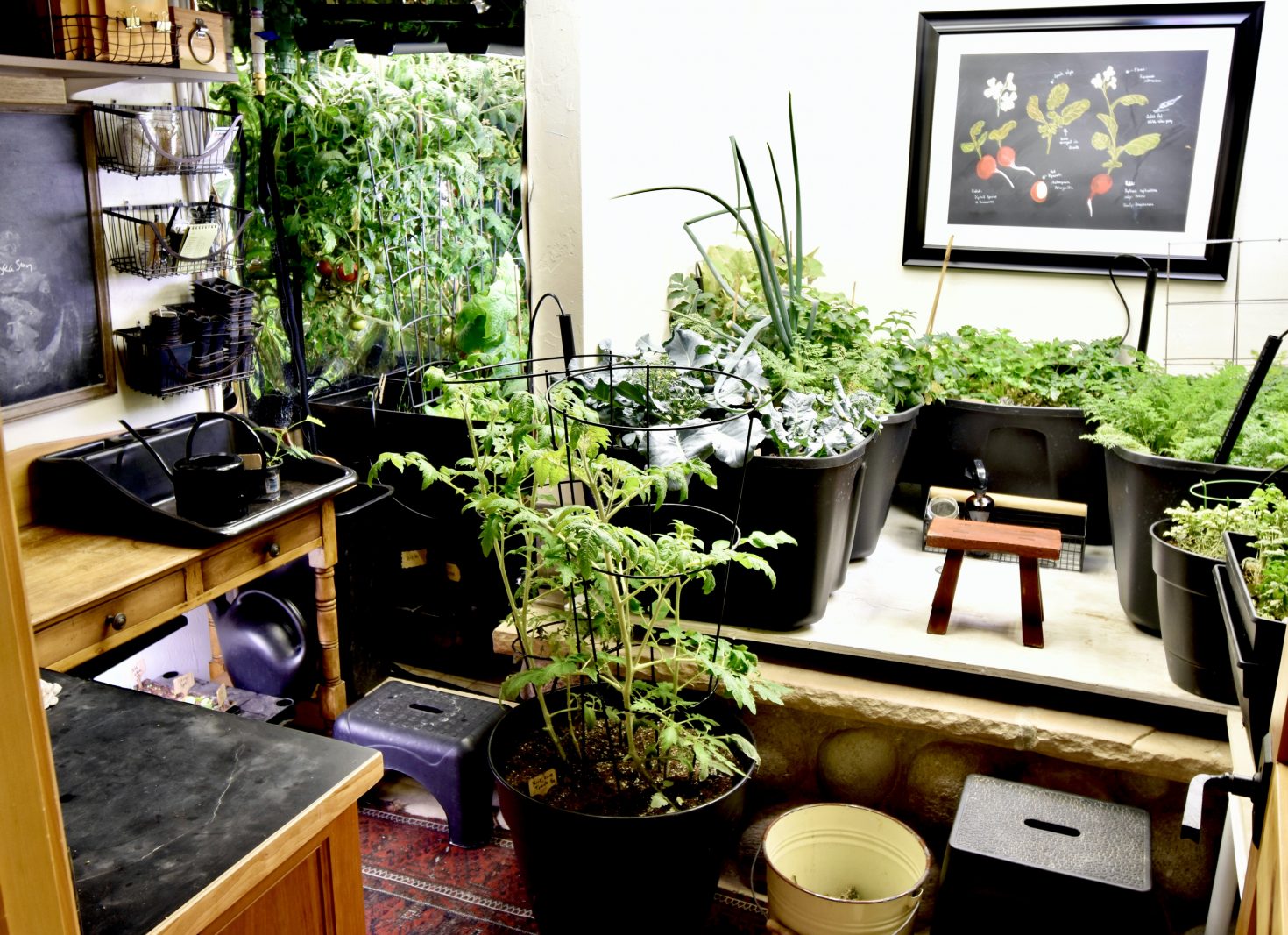
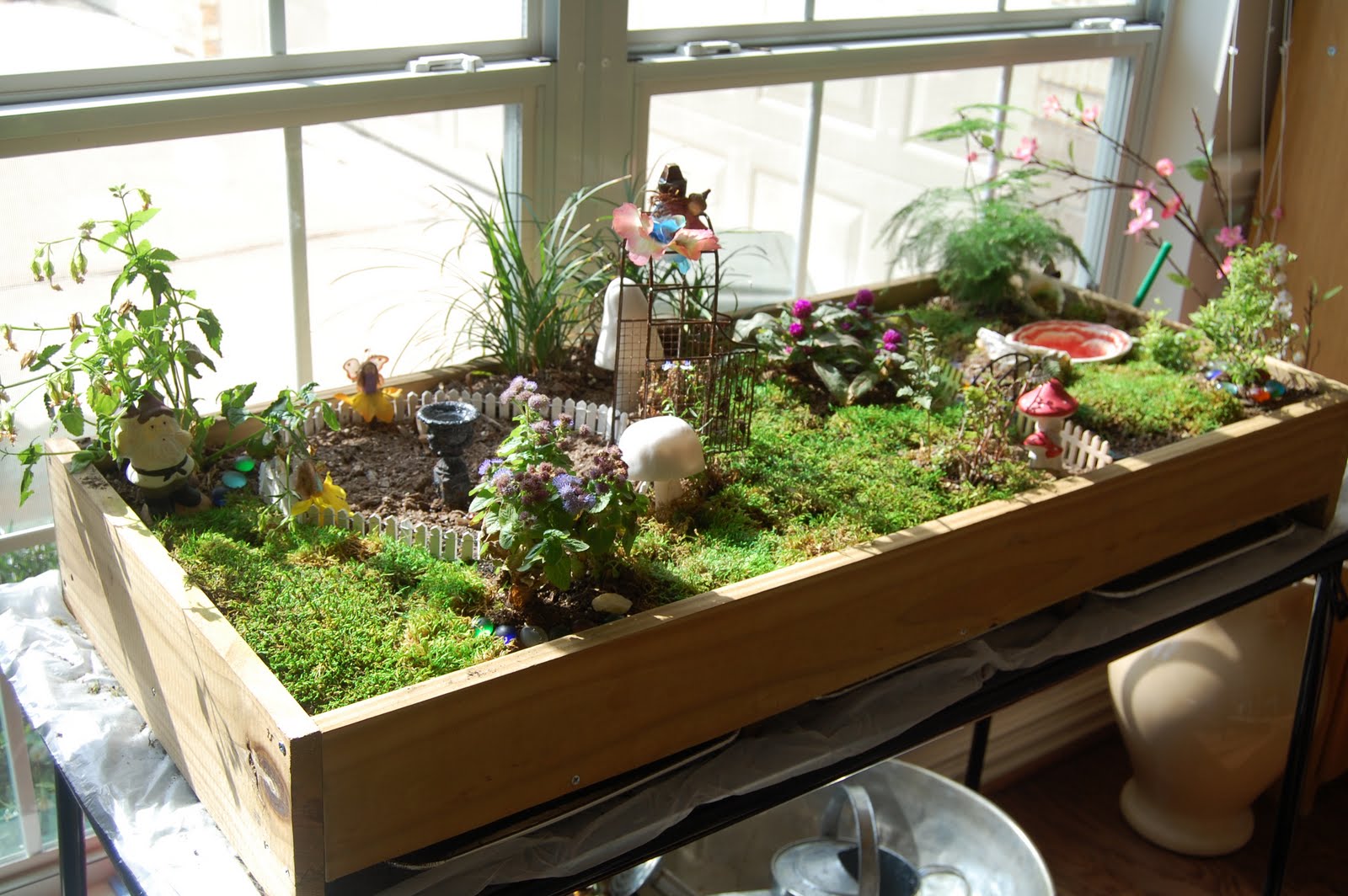
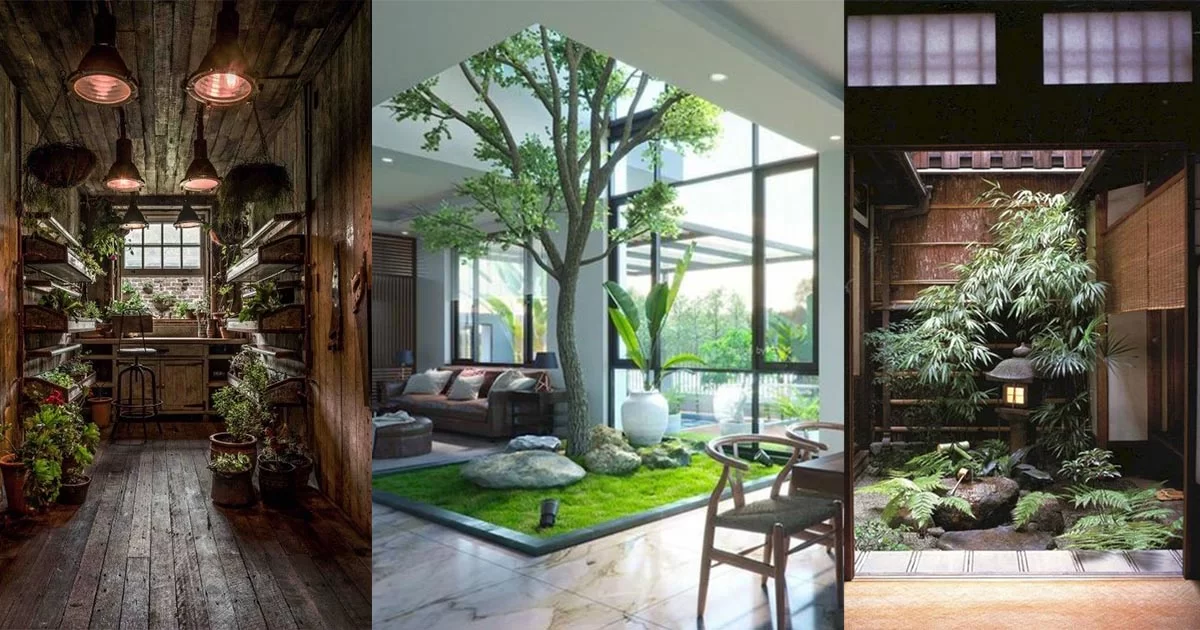
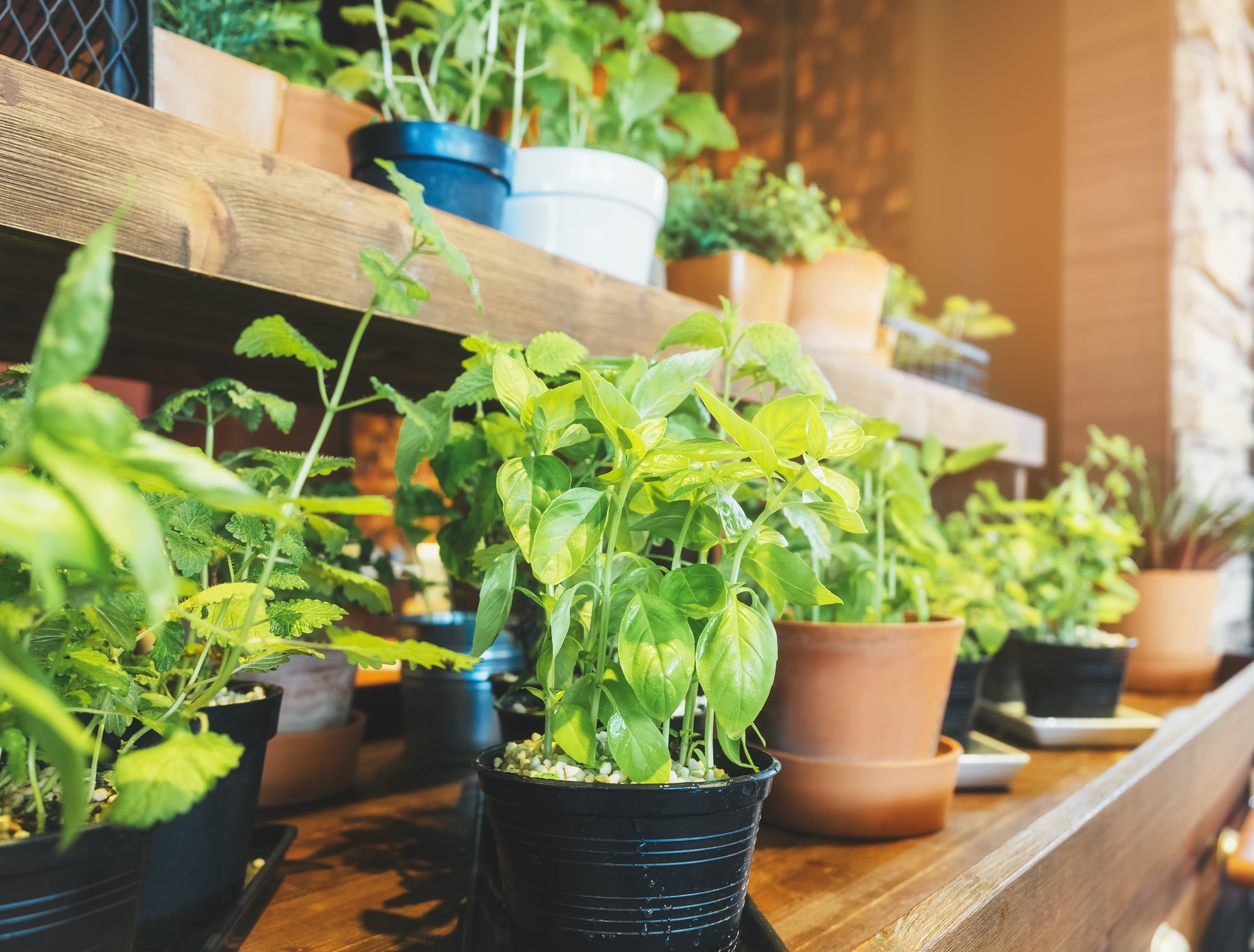
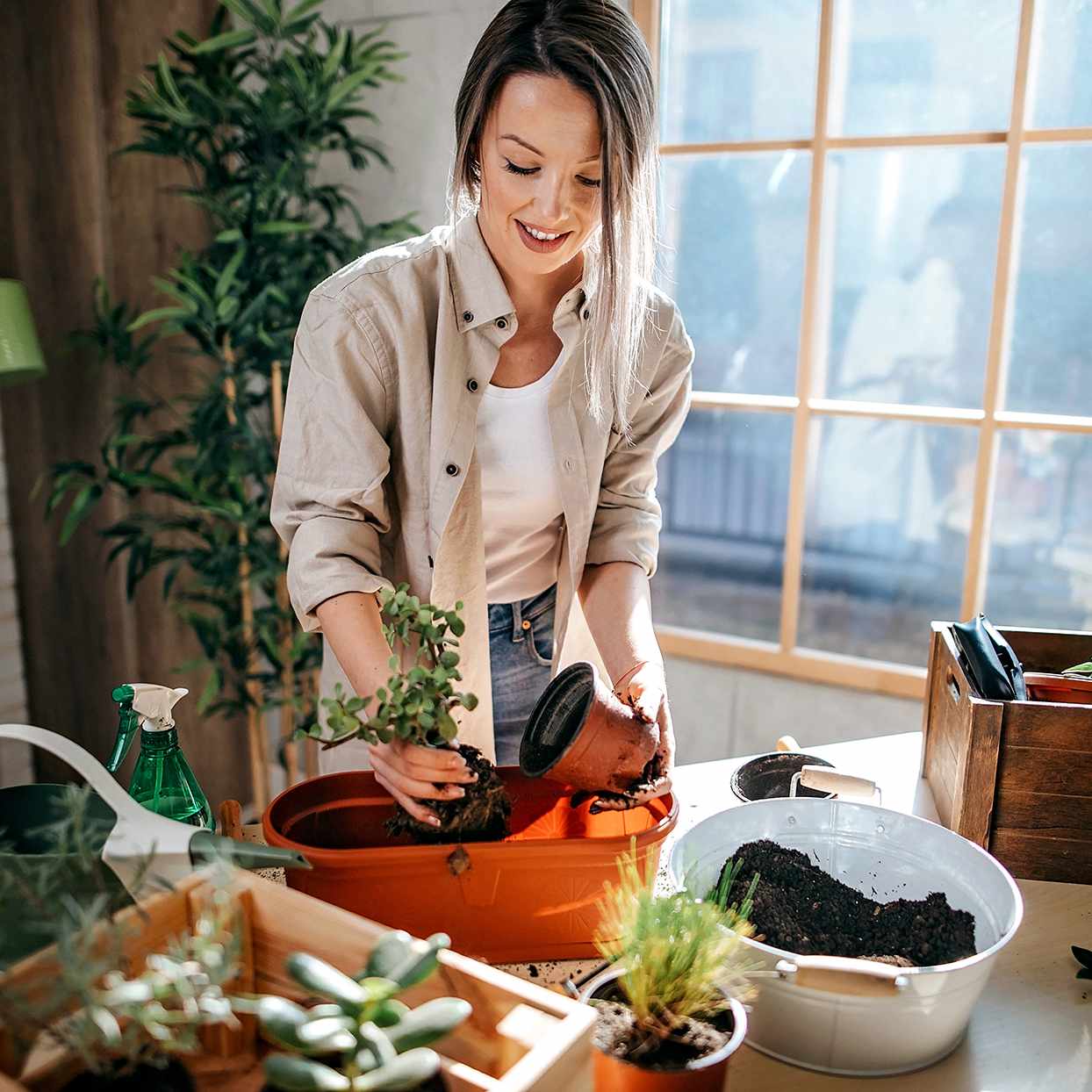
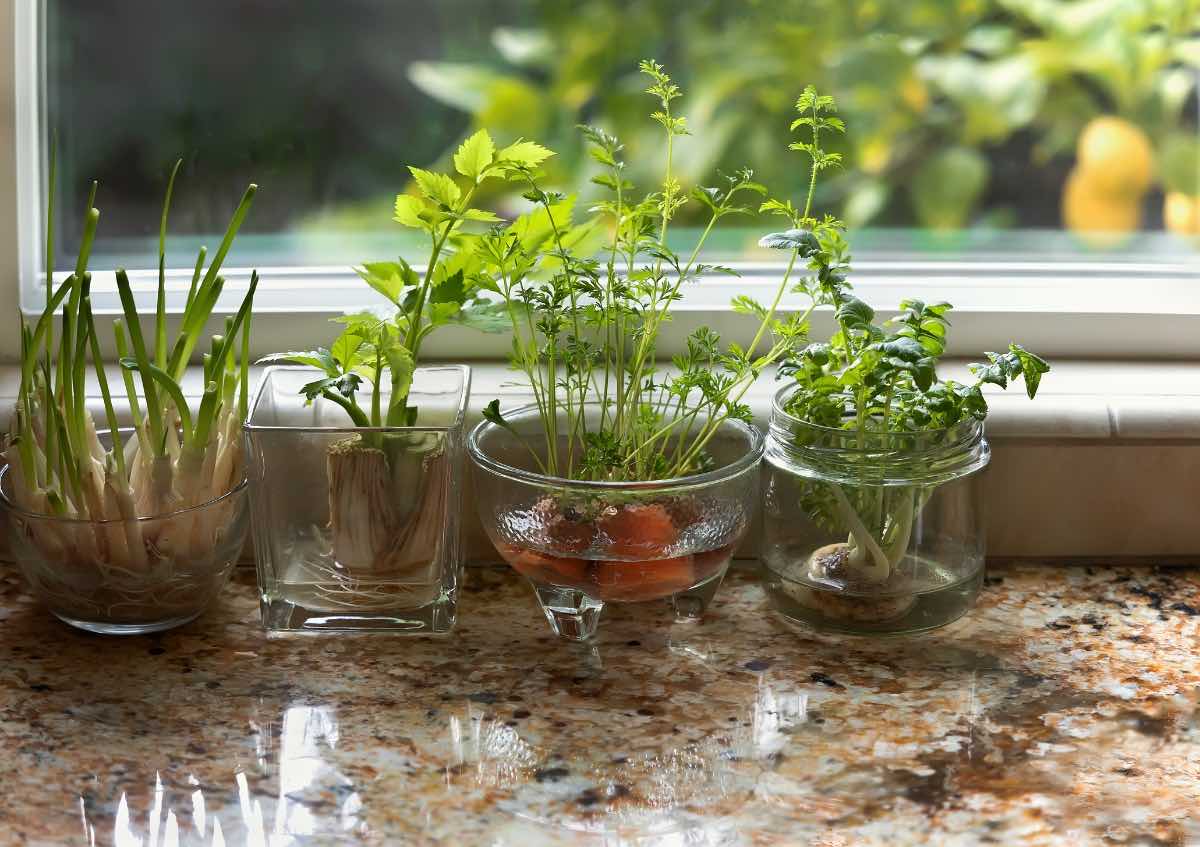
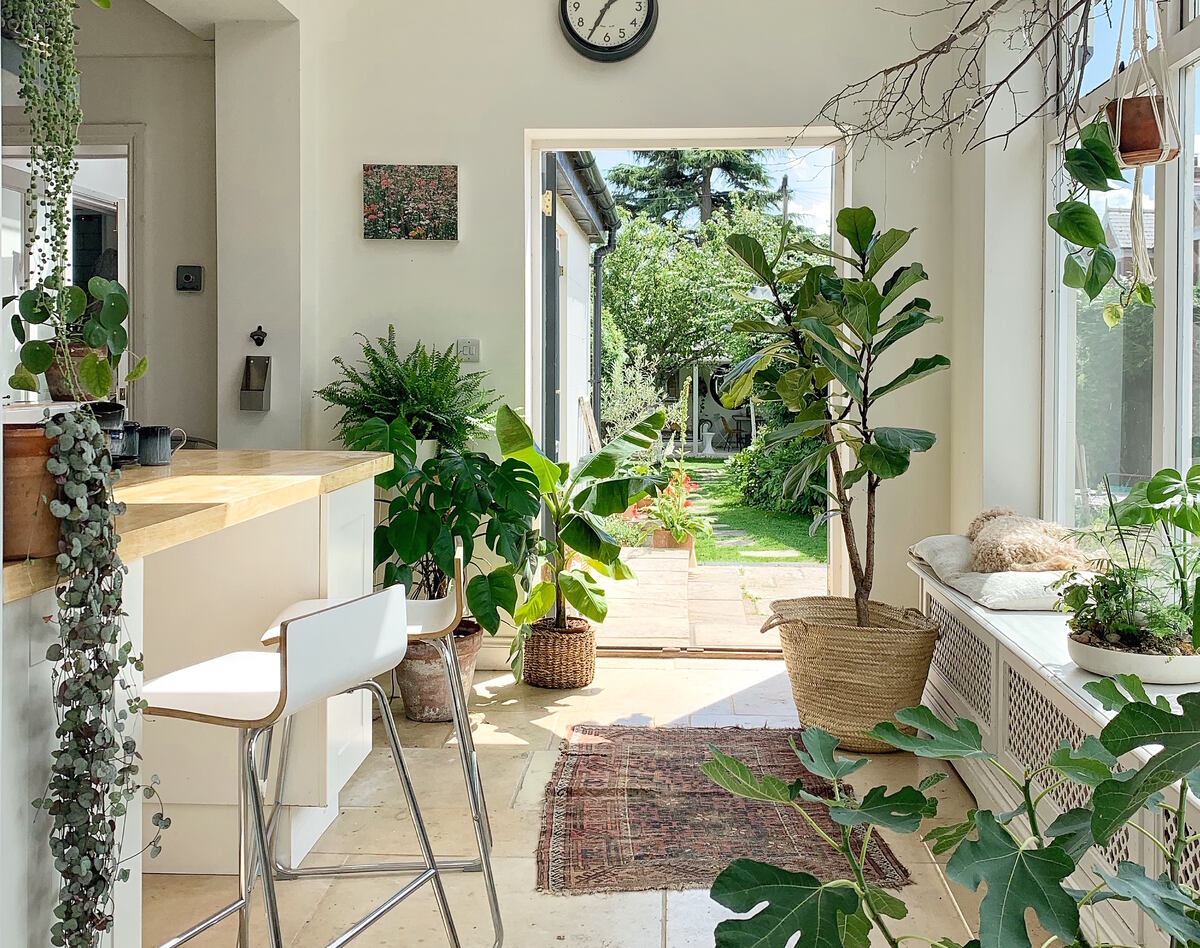
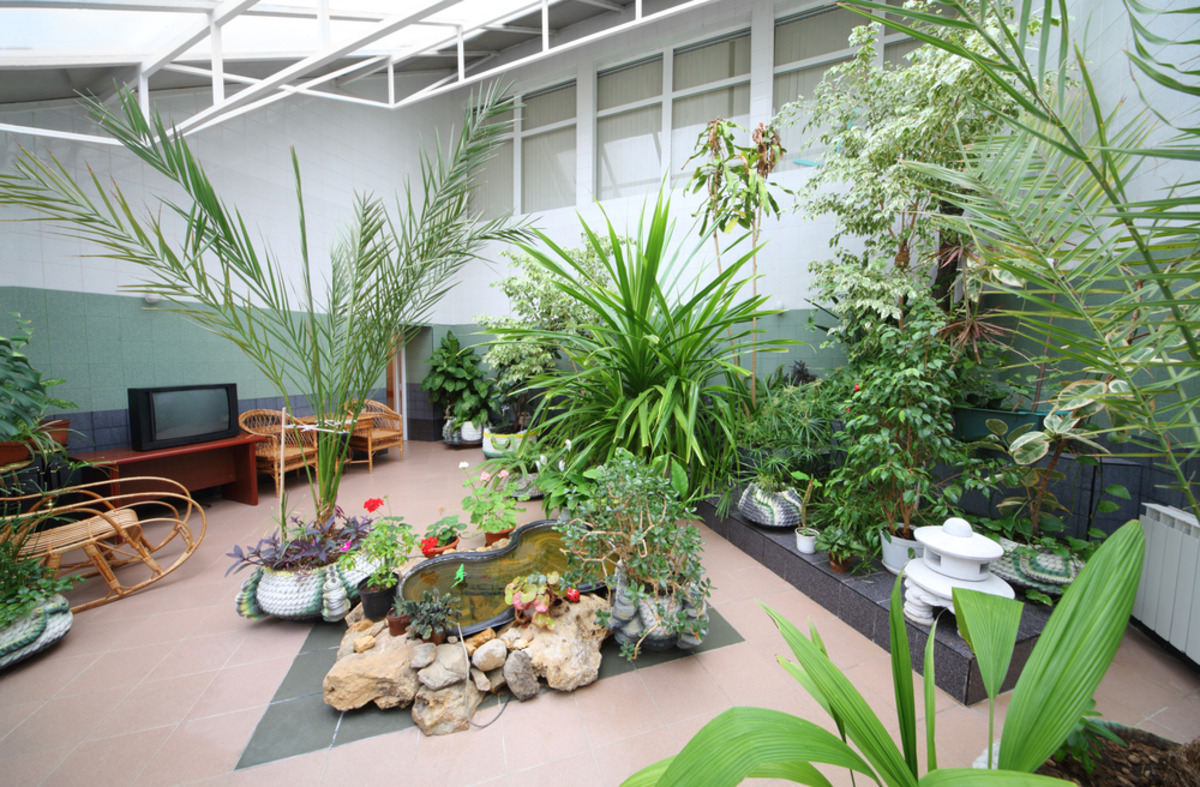
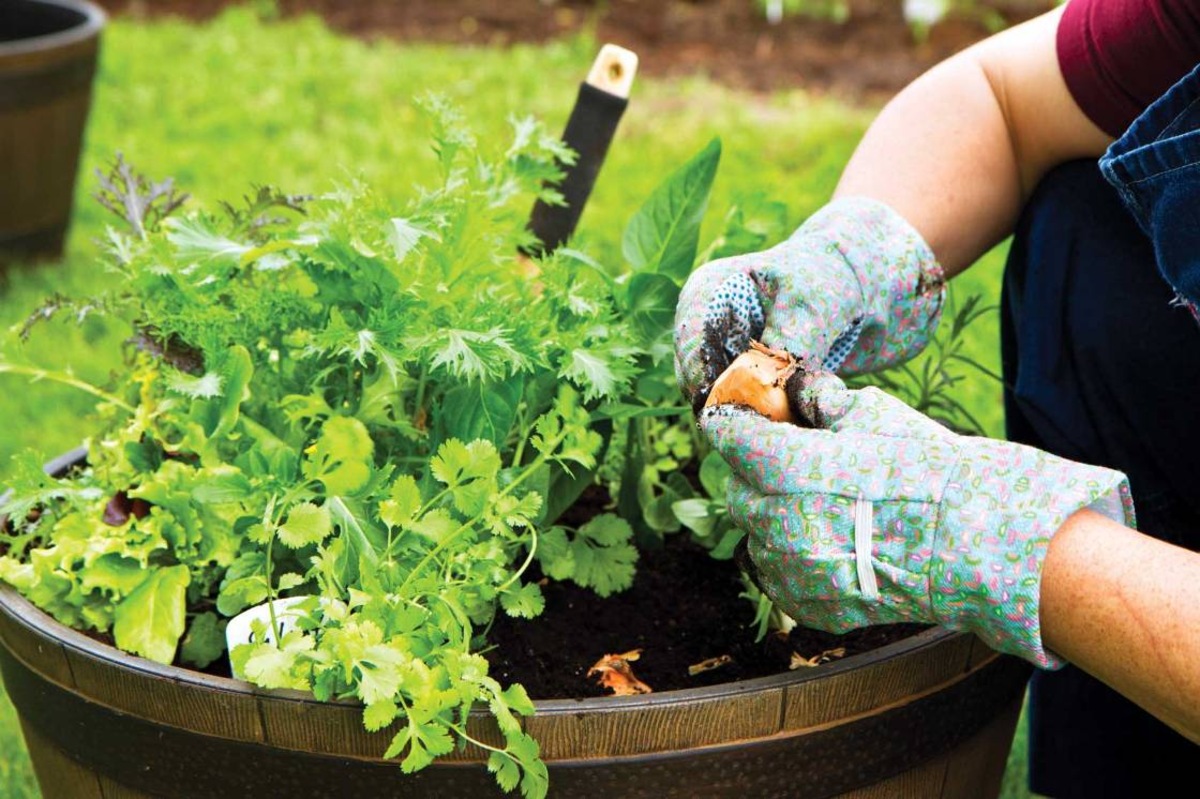
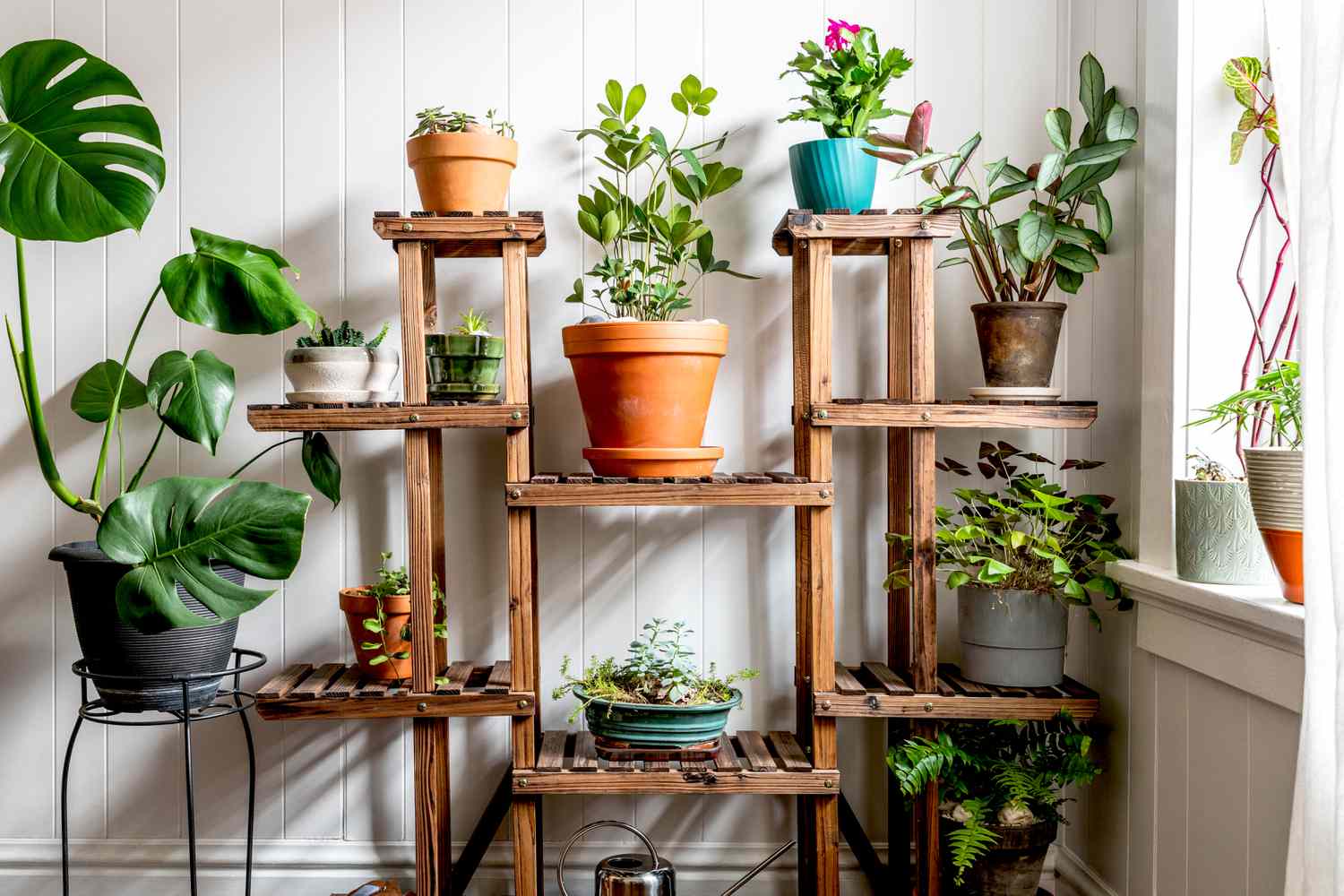
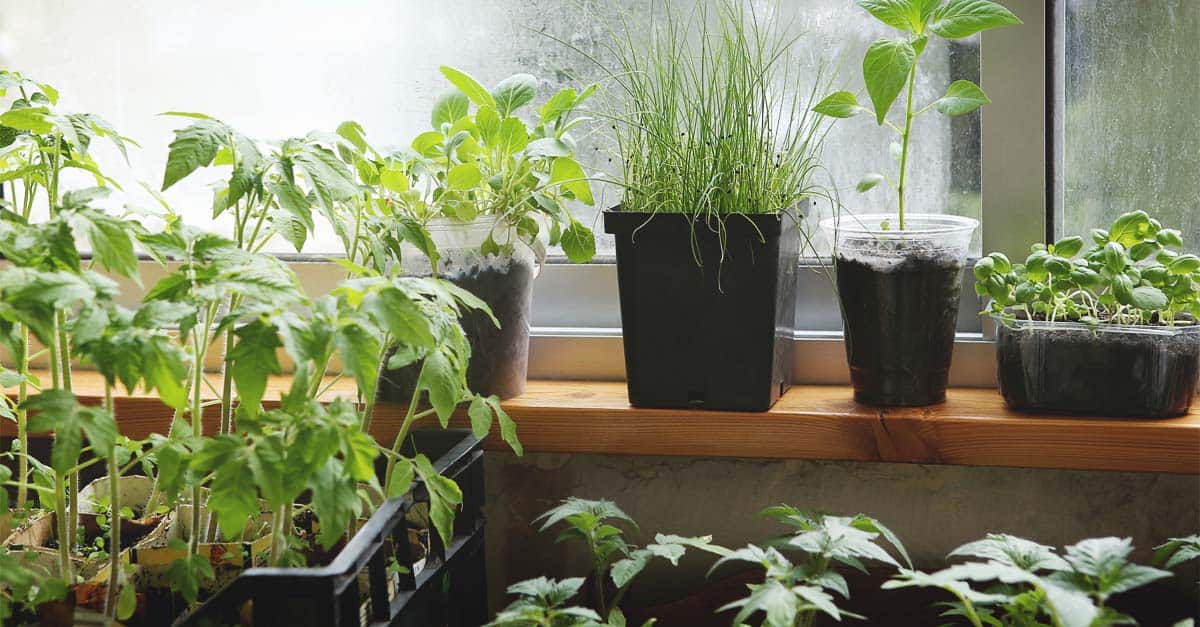
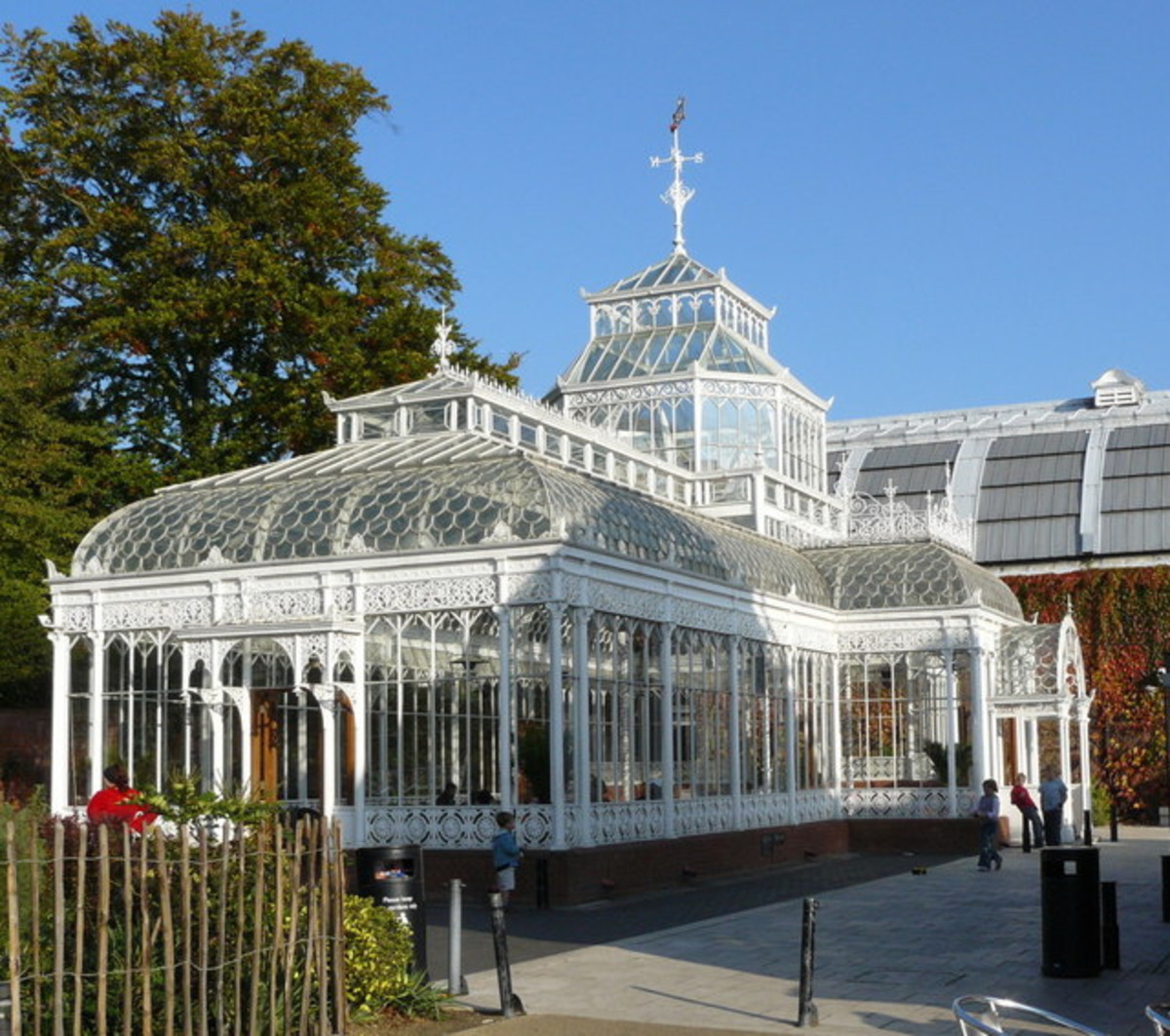

0 thoughts on “How To Make An Indoor Garden”